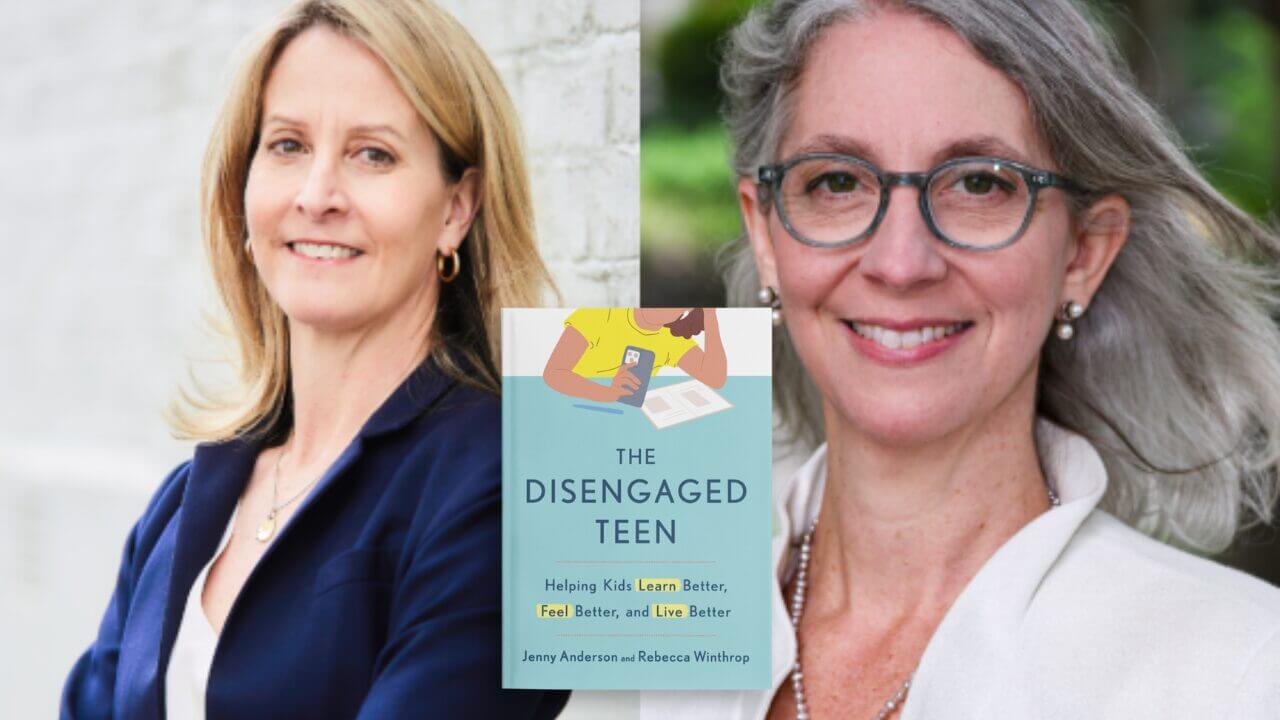FAQs
ORGANIZATIONAL FAQS
The Carnegie Foundation is located in Stanford, California.
Our address is:
51 Vista Lane
Stanford, CA 94305
650-566-5100
Map and directions
The Carnegie Foundation and Carnegie Corporation are separate organizations. The Carnegie Foundation is an independent policy and research center. Its current mission is to support needed transformations in American education through tighter connections between teaching practice, evidence of student learning, the communication and use of this evidence, and structured opportunities to build knowledge. Carnegie Corporation is a source of financial support for innovations in the fields in which it concentrates. Its current program areas include education, international peace and security, international development, and strengthening U.S. democracy. Carnegie Corporation’s work in education presently focuses on advancing literacy, urban school reform and teacher education reform.
The Carnegie Foundation is one of several philanthropic and educational institutions founded by Andrew Carnegie. Each organization is governed and operated independently.
The Carnegie Foundation is a private, independent operating foundation, and is not affiliated with Stanford University. However, through the generosity of Stanford, Carnegie’s new facility was built on land owned by the university and leased to the Foundation.
The Carnegie Foundation is governed by a self-perpetuating board of trustees composed of leaders in education, business and government. The Carnegie Foundation is a nonprofit corporation chartered by an act of Congress in 1906. Classified as a private operating foundation under sections 509(a) and 4942(j) (3) of the Internal Revenue Code, the Foundation uses income from an endowment to support its activities and does not award grants or scholarships.
QUESTIONS ABOUT GRANTS & SCHOLARSHIP
As an operating foundation, the Carnegie Foundation does not award grants or scholarships.
The Carnegie Foundation was not involved with the construction of Carnegie Libraries and does not have grants for remodeling or preserving any remaining Carnegie Libraries. Andrew Carnegie personally funded the early Carnegie Libraries.
QUESTIONS ABOUT PUBLICATIONS AND PREVIOUS WORK
On February 9, 2022, the Carnegie Foundation for the Advancement of Teaching and the American Council on Education (ACE) announced their collaboration on the next incarnation of the Carnegie Classifications. For the first time, the Universal and Elective Classifications will be brought together in a single organizational home at ACE. The two organizations will also work together to develop new and refined versions of the Classifications to better reflect the public purpose, mission, focus, and impact of higher education. (Read the full announcement.)Community Engagement Classification: The Community Engagement Classification is available here: carnegieelectiveclassifications.org
The Carnegie Unit was developed in 1906 as a measure of the amount of time a student has studied a subject. For example, a total of 120 hours in one subject—meeting 4 or 5 times a week for 40 to 60 minutes, for 36 to 40 weeks each year—earns the student one “unit” of high school credit. Fourteen units were deemed to constitute the minimum amount of preparation that could be interpreted as “four years of academic or high school preparation.”
Over the last century, the Carnegie Unit became the basic currency of the educational economy. While the Carnegie Unit played an important role in standardizing an entirely unstandardized K12 and post-secondary sector, it has outlived its utility. It has established an educational ‘operating system’ that systematically conflates time and learning. Although there have always been outliers – effective approaches to learning that are legitimately competency (not time) based – they exist at the margins of the educational sector and face substantial hurdles to widespread adoption.
Because the Carnegie Corporation and the Carnegie Foundation both publish on education, confusion occasionally arises when people search the wrong website for a publication. Recent Carnegie Foundation publications are listed on this site here; the catalog of historical Carnegie Foundation publications list can be found on the Archive website. If you do not find the title you are looking for, please check the Carnegie Corporation site.
The Foundation has a very liberal permissions policy, but we do require that all requests be put in writing. Please use our contact form to request permission to reprint Carnegie publications.
These statistics were extrapolated from A Study of Engineering Education, authored by Charles Riborg Mann and published in 1918 by the Carnegie Foundation. The cited figures come from the data on pages 106-107. The report is out of print, but can be located through a public library or a university library.
Check your local public or university library for out of print books. You might also try online booksellers to locate a copy for purchase. In addition, Carnegie Foundation for the Advancement of Teaching’s historical records, including Bulletins, publications of the Carnegie Commission on Higher Education, and Annual Reports, are archived at Columbia University.





